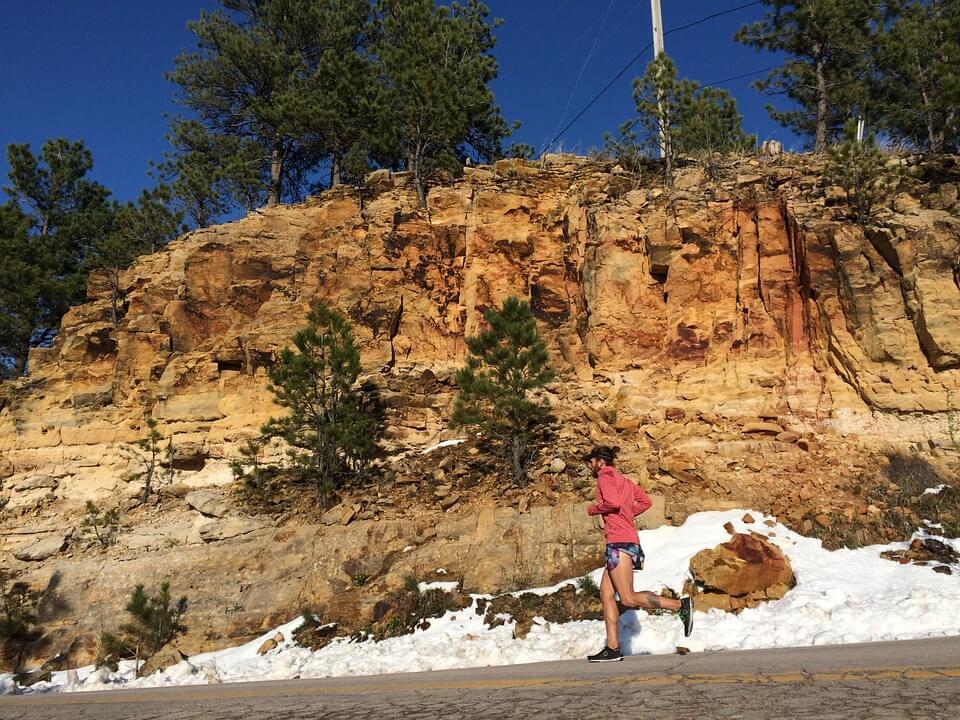The Twelve Workouts for the Holiday Runner

Baby, It’s Cold Outside, the holidays are here, and you’re looking for ways to spice up your winter running regimen. Well, Christmas has come early this year! I’ve put together a list of favorite workouts you can try this holiday season and into the New Year.
Note: This is a smorgasbord of high quality sessions. Don’t do them all in a row! Or necessarily in order. Each one is designed to be run on your weekly or biweekly hard workout day. Different workouts in this list target separate running systems including your aerobic system, anaerobic system, your speed, power, and endurance.
Just make sure to watch out for thin ice when you’re running over the river and through the woods to Grandmother’s house. Enjoy!
On the twelve days of the Holidays, my running buddy sent to me…
1. A set of threshold mile repeats
Mile repeats is a classic workout that can benefit you at almost every race distance. They can be done on the road, in a park on the grass, or on a track. After warming up, run a set of four to six miles at your half marathon pace, taking 90 seconds walking or standing rest in between each.
If you don’t have access to a measuring device or known mile course, run at your half marathon pace for that length of time and note where you finished. Then run the remainder of the workout back and forth on this stretch of ground.
2. A Moneghetti Fartlek
What the heck is that, you ask? Named after Australian Olympic runner Steve Moneghetti, this fartlek (meaning “speed play) lets you change pace over the course of twenty minutes. Switch between two speeds: “on”, or about your half marathon pace, and “off”, or about a minute slower per mile than your half marathon pace.
Run continuously:
2 x (90 seconds on, 90 off)
4 x (60 seconds on, 60 off)
4 x (30 seconds on, 30 off)
4 x (15 seconds on, 15 off)
The whole run adds up to twenty minutes.
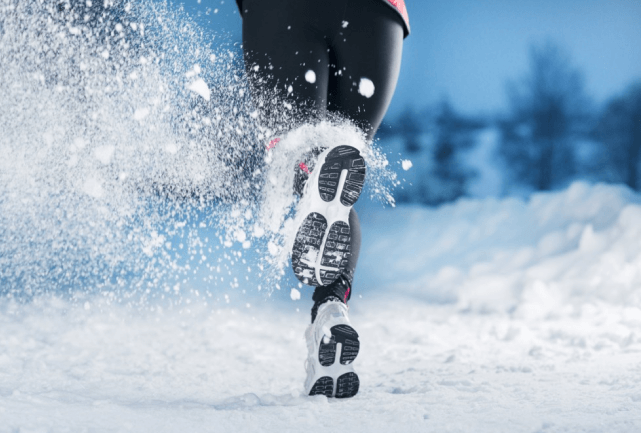
3. Camel Hump Kilometers
Continuing with the interestingly named workouts, this one requires you to find a small hill on a road or in a park. Create a one kilometer route that takes you from flat ground, up and over the hill, and back to flat ground (hence the name camel hump). Run the route back and forth for five to seven repeats, practicing good hill running mechanics. Take two minutes rest between each interval. This workout simultaneously improves your strength on hills and your aerobic system.
4. Quarter mile repeats
Quarter miles, or 400s, are a good way to train your anaerobic system and improve your speed. Run one lap of an outdoor track or one minute on a road with 90 seconds rest. You can run between six and ten of them at mile race pace for a speed workout, or 16-20 of them at 10k race pace effort for a longer, strength-based workout.
5. A five mile tempo run
Tempo running is the cookies and milk workout tool for improving your aerobic running capacity. A good distance to start with is a five mile tempo run. Run at a pace you could sustain for a full hour if you had to. Though aerobically taxing, you should always feel in control during a tempo run. Running at tempo pace teaches your body how to provide oxygen and fuel to your muscles at a taxing but sustainable pace.
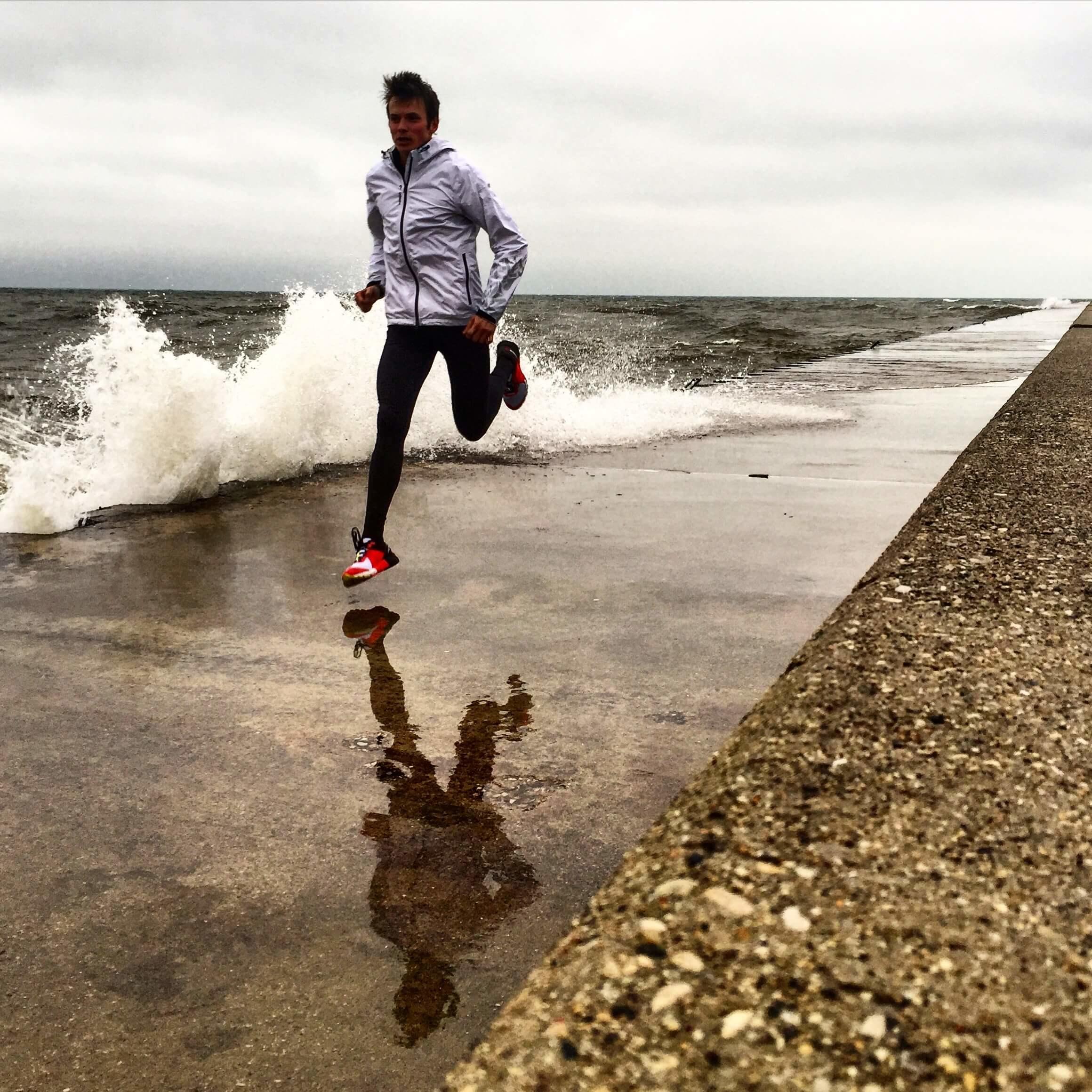
6. Minute Surges on a long run
Try throwing in a handful of surges on your next long run. This helps you practice pace changes while you’re fatigued. They’re also a great way to make long runs go by faster! Starting about half an hour into your long run, do one minute surges every eight minutes for the remainder of the run. The surges should be just a 5% – 10% increase in effort over your normal long run pace.
7. The 7-6-5-4-3-2-1 minute Fartlek
The seven to one fartlek is a continuous workout in which you flip flop between an “on”, or faster pace, and an “off”, slightly slower pace. Begin with seven minutes “on” at about your half marathon pace. Then run for ½ that time, or 3:30, at “off” running pace. Then 6:00 on, 3:00 off, 5:00 on, 2:30 off, etc. until you finish with 1:00 on, :30 off. The “off” paces should be about a minute per mile slower than your “on” paces. This workout takes 42 minutes, so make sure to pace yourself in the beginning. It’s better to start more conservatively and finish strong.
8. Hill repeats
Find a hill; any hill. It doesn’t have to be super steep. The lesser the incline, the faster you’ll be able to run up, and you’ll get the benefit of practicing hill running mechanics at a quick pace. Run 8 – 10 by thirty second efforts up the hill, jogging or walking back down for recovery. This is a good workout to add to the end of a normal run.
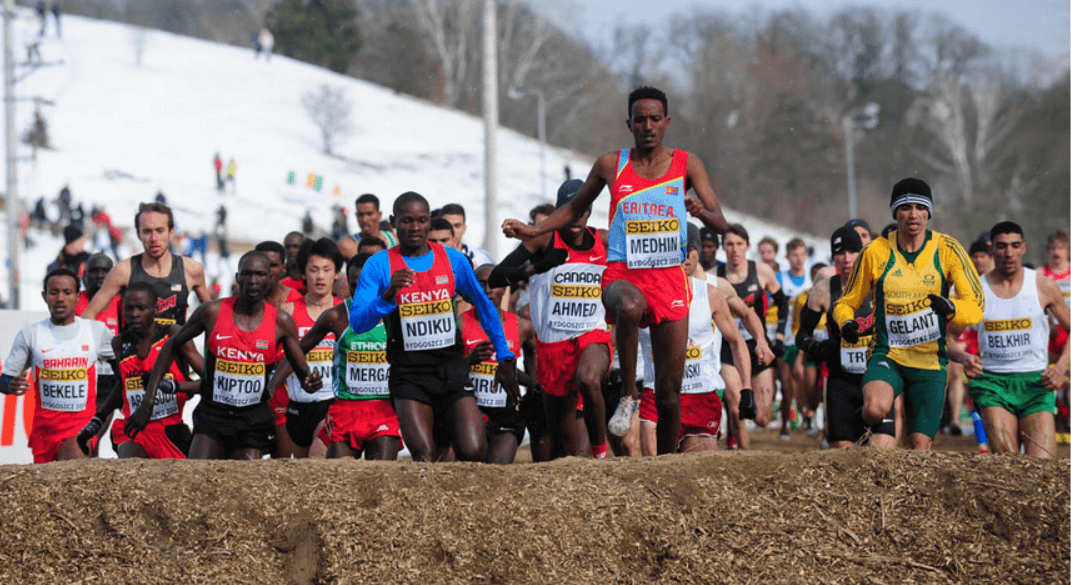
9. Three sets of x 3 x 800m
The nine 800’s workout is a staple for runners getting ready to run the 5k. Run 800m (or a half mile) at 5k goal pace and take two minutes rest. Do them in sets of three. After the third and sixth 800s, take a full three minutes rest. This workout taxes both your aerobic and anaerobic systems, and prepares you for 5k race pace. If you’re not sure you can tackle all nine 800’s just yet, start with three or six of them.
10. A ten mile progression run
Runners training for the marathon and half marathon distances can gain strength and practice pacing with a longer progression run. Run ten miles on a flat or slightly hilly route and gradually increase the pace by 10-15 seconds per mile each mile. Try to start patiently. If you’re properly warmed up, the first couple miles should feel relatively easy. This mimics the mindset you want in the first stages of a marathon, so it’s good practice for race day.
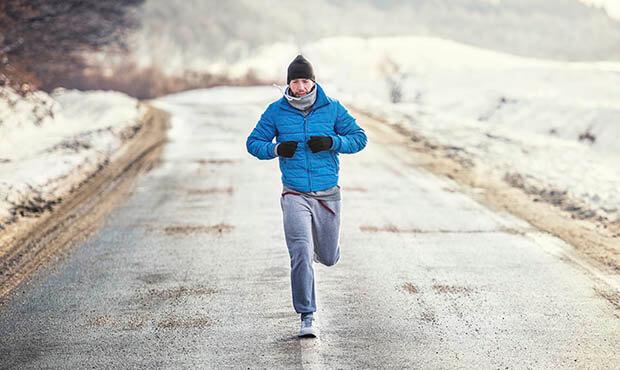
11. 2:30 Down Cycles in sets of 4, 3
This is another fartlek workout, and can be done virtually anywhere – maybe while you’re running in the airport to catch your plane home for the holidays.
Each cycle is two and a half minutes long. Within a cycle, you pick the pace up slightly every thirty seconds. The slowest pace (during the first thirty seconds of each cycle) should be at about half marathon pace, and the fastest pace, from 2:00 to 2:30, should be about 5k goal pace. Run four of these cycles back to back, then jog three minutes, then do another three cycles to complete your down cycle workout.
Read also about jogging shoes.
12. Canova Kilometers
This workout is named after the great Italian running coach Renato Canova. He had his runners do this style of kilometer repeats during cross country season. They will get you strong and ready for a new year of running!
Run 7 x 1k on a track, grass, or a road. Again, if you have no access to a track or measuring device, run for four minutes, mark where you stopped, and base the rest of the workout on this distance.
Run each kilometer alternating between threshold, or half marathon pace, and slightly faster than threshold pace. So the first rep is threshold, the second rep is 7-10 seconds faster, the third rep is back to threshold, etc. Take 2:00 rest between each kilometer.
Canova K’s target multiple cardiovascular systems and keep your body guessing with the pace changes.

All twelve of these workouts are tried and proven tools that make you a stronger and more experienced runner. I hope you can find some inspiration in a few of them! Try them out and feel free to modify or adapt them to your own training program.
Happy training and stay warm!
Latest Articles
 Is It OK to Use Trail Running Shoes on the Road?While trail running shoes can be used on roads, especially in situations where a runner encounters mixed terrains or pref...
Is It OK to Use Trail Running Shoes on the Road?While trail running shoes can be used on roads, especially in situations where a runner encounters mixed terrains or pref... Is Running on a Treadmill Easier Than Running Outside?Runners have their own preferences, whether it is treadmill running, running outside on the road, or exploring trails. So...
Is Running on a Treadmill Easier Than Running Outside?Runners have their own preferences, whether it is treadmill running, running outside on the road, or exploring trails. So... How to Fix Sore Quads After Running?Rest, ice, gentle stretching, and over-the-counter pain relievers can help soothe sore quads after running. Also, ensure ...
How to Fix Sore Quads After Running?Rest, ice, gentle stretching, and over-the-counter pain relievers can help soothe sore quads after running. Also, ensure ... 10 Fruits With The Most Electrolytes to Replace Sports DrinksThese fruits are high in electrolytes such as potassium, magnesium, and calcium, essential for hydration, muscle function...
10 Fruits With The Most Electrolytes to Replace Sports DrinksThese fruits are high in electrolytes such as potassium, magnesium, and calcium, essential for hydration, muscle function...


